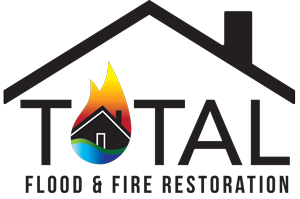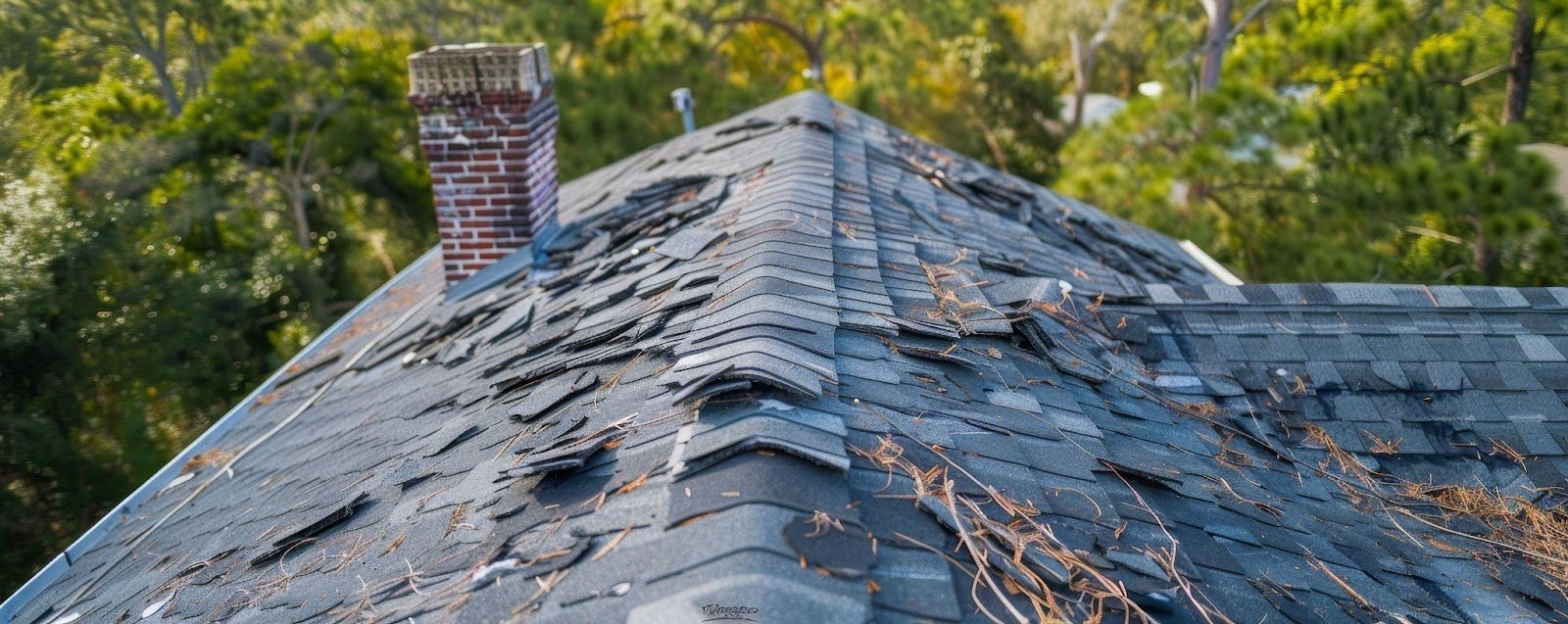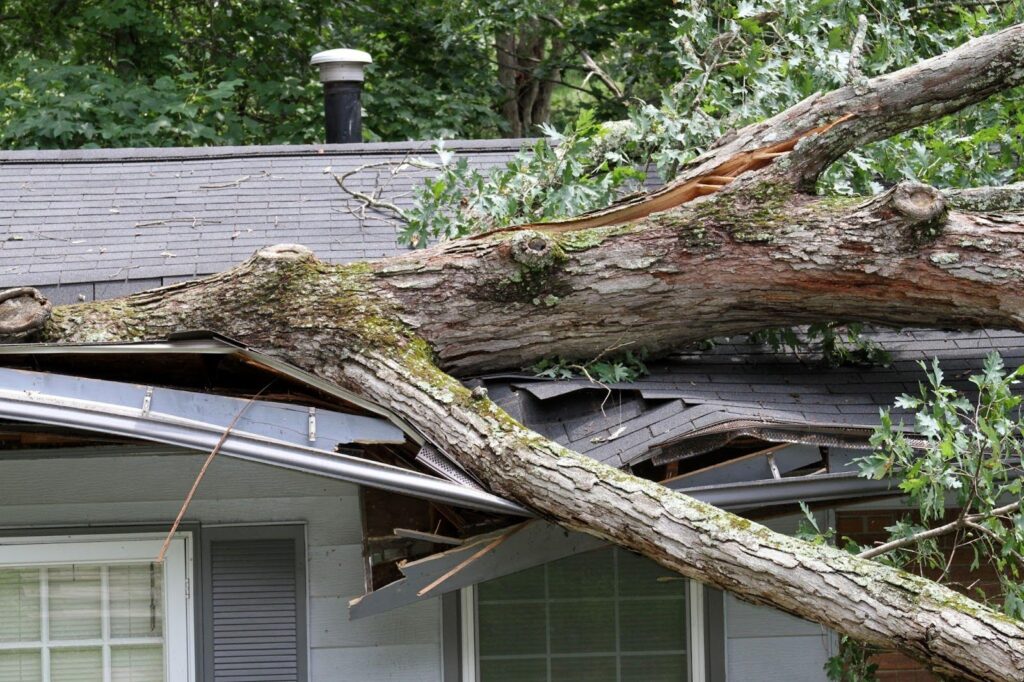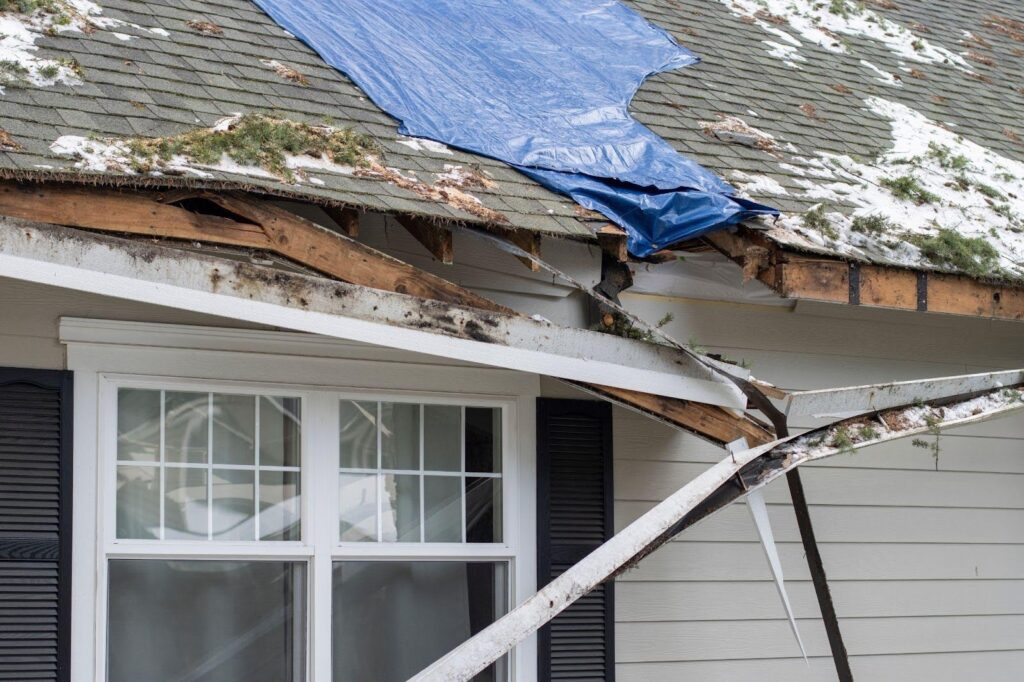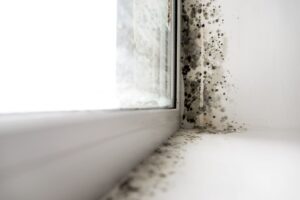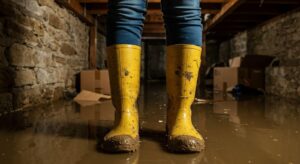Storm damage strikes fast and leaves behind a trail of destruction that overwhelms homeowners emotionally and financially.
In the chaos, knowing your next steps matters. Acting fast and staying informed helps you file a strong insurance claim and speed up recovery.
This guide shows you how to navigate the process, document damage, and avoid common missteps for a smoother path forward.
Understanding your homeowners’ insurance coverage
Before you file a claim, know what your policy includes. Most homeowners’ insurance covers storm-related damage like wind, hail, lightning, and fallen trees. If high winds rip off shingles or a tree crashes through your roof, you’re likely protected.
However, flooding from rising groundwater usually isn’t covered. For water pooling in your basement after heavy rain, you’ll need separate flood insurance. Sewer backups and damage from neglect often require policy add-ons.
Storm and flood damage count as separate risks. Storm damage refers to wind-driven destruction and debris impact, while flood damage involves rising water from rain, rivers, or coastal surges.
Review your declarations page and ask your insurance agent about your coverage. Knowing your policy’s limits can help you avoid surprises and strengthen your claim.
Assessing the damage safely
Protect yourself first. Wait for local authorities to declare the area safe before returning. Watch for live wires, gas leaks, unstable structures, or sharp debris. Wear sturdy shoes, gloves, and a mask to guard against hazards like dust or mold.
Once it’s safe, walk around your property and note visible damage — missing shingles, cracked siding, broken windows, or water intrusion. Inside, check ceilings, walls, and floors for stains, leaks, or bulging.
Take detailed photos and video of all damage, capturing both close-ups and wide shots. Avoid cleaning or moving anything until your insurance adjuster completes their inspection.
A safe, well-documented assessment gives you a stronger claim and speeds up the recovery process.
Contacting your insurance provider and working with adjusters
Reach out to your insurance company as soon as it’s safe after the storm. Quick action helps prevent delays and ensures your claim stays on track.
During the call, provide your policy number, describe the damage, and explain any emergency steps you’ve taken, like temporary repairs or evacuations. Ask about your deductible, coverage limits, and claim number, and jot down key details for future reference.
Once you file your claim, an adjuster will inspect your property to determine coverage and compensation. Prepare by gathering your photos, videos, receipts, and a list of damaged items. Keep your policy nearby and review what it covers so you know what to expect.
Be present during the inspection. Walk through the damaged areas with the adjuster, point out concerns, and answer their questions clearly. Your input ensures their report accurately reflects the damage.
Clear communication and active involvement with your insurer and adjuster set the stage for a smoother claims process and a faster path to recovery.
Mitigating further damage
After a storm, act quickly to prevent additional harm to your property. Insurance policies typically require homeowners to take reasonable steps to protect their homes from further damage. This step protects your investment and keeps your claim on track.
Start by making temporary repairs. Tarp over broken windows or roof openings to keep out rain and debris. Shut off the water if the plumbing sustained damage. Remove wet carpets or belongings that could promote mold growth. Use fans or dehumidifiers to start drying affected areas.
Save all receipts for supplies, equipment rentals, and emergency services. These expenses may qualify for reimbursement, depending on your policy. Record what you bought and why you needed it, especially if a contractor advised specific repairs.
Most policies define “reasonable mitigation” as efforts that reduce future loss without making permanent changes. For example, boarding up broken windows counts, but replacing your entire roof before the adjuster arrives does not. When in doubt, check your policy or call your insurer for clarification.
Taking these steps quickly helps preserve your home, shows good faith during the claims process, and avoids coverage complications.
Filing your storm damage claim
Submitting your storm damage claim promptly and accurately increases your chances of receiving fair compensation. A well-documented claim, backed by clear communication, sets the tone for a smoother recovery process.
Start by gathering all essential information. Include the date and time of the storm, a detailed description of the damage, and photo or video evidence. List all affected areas and damaged items. If you have already made temporary repairs, include receipts and notes explaining the work performed.
Next, contact your insurance company’s claims department. Many insurers allow online submission through a customer portal. Others prefer a phone call to initiate the claim. Provide all requested information and confirm you understand your policy number, deductible, and coverage limits.
Keep a written record of every interaction. Note the name of each representative, the date and time you spoke, and any information they shared. Save emails, letters, and text messages. Respond promptly to requests for documentation, and ask for confirmation when submitting forms or evidence.
Track your claim’s progress. Follow up regularly if you haven’t received updates. Stay organized with a checklist of required steps, and confirm what comes next with your adjuster or claim representative.
By staying informed, prepared, and proactive, you position yourself for a more efficient claims process and reduce delays in restoring your property.
Hiring a storm damage restoration company
Selecting a reliable storm damage restoration company plays a critical role in recovering your home and securing your insurance claim. A licensed and insured contractor brings expertise, safety, and credibility to the restoration process.
Look for a company with proper certifications, proof of insurance, and experience handling storm-related repairs. Choose professionals who respond quickly, communicate clearly, and offer transparent estimates. Check reviews, ask for references, and verify they comply with local building codes.
A reputable storm damage restoration team does more than repair physical damage. They also support your insurance claim by documenting the extent of destruction, providing repair estimates, and meeting with adjusters. Their reports and photographs add credibility to your claim and help you avoid disputes.
Restoration experts use specialized equipment to detect hidden moisture, prevent mold, and repair structural issues thoroughly. Their efficient methods reduce long-term risks and help you return to normal life sooner. With their guidance, you move through the claims process with greater confidence and peace of mind.
Navigating disputes or denied claims
If your insurance company denies or underpays your storm damage claim, don’t panic. Instead, take action. Many claims encounter delays, discrepancies, or rejection due to missing documentation, unclear damage reports, or policy misunderstandings.
Start by reviewing your denial letter carefully. Understand the reason behind the decision and compare it with your policy terms. If the explanation seems vague or inaccurate, gather your documentation, including photos, repair estimates, receipts, and communication logs, and request a second inspection.
Ask your insurance provider for a re-evaluation or an independent appraisal. An objective third party can assess the damage more thoroughly and provide a fair estimate. Keep records of every step and continue advocating for the coverage your policy promises.
If disputes persist, consider hiring a licensed public adjuster. These professionals work on your behalf, not the insurance company, and help negotiate a better settlement.
In complex or contentious cases, an attorney experienced in property insurance law may provide the leverage you need to move forward. Always choose experts with strong reputations, transparent fees, and a focus on helping homeowners recover fully.
Let Total Flood and Fire Restoration help with the entire storm damage restoration process
Trust matters when it comes to restoring your home safely and efficiently.
Total Flood and Fire Restoration brings experience, compassion, and professionalism to every storm recovery project. Our certified team works directly with your insurance provider, handles emergency repairs, and restores your home with precision and care.
When the storm clears, contact Total Flood and Fire Restoration to guide you through recovery and help protect what matters most.
